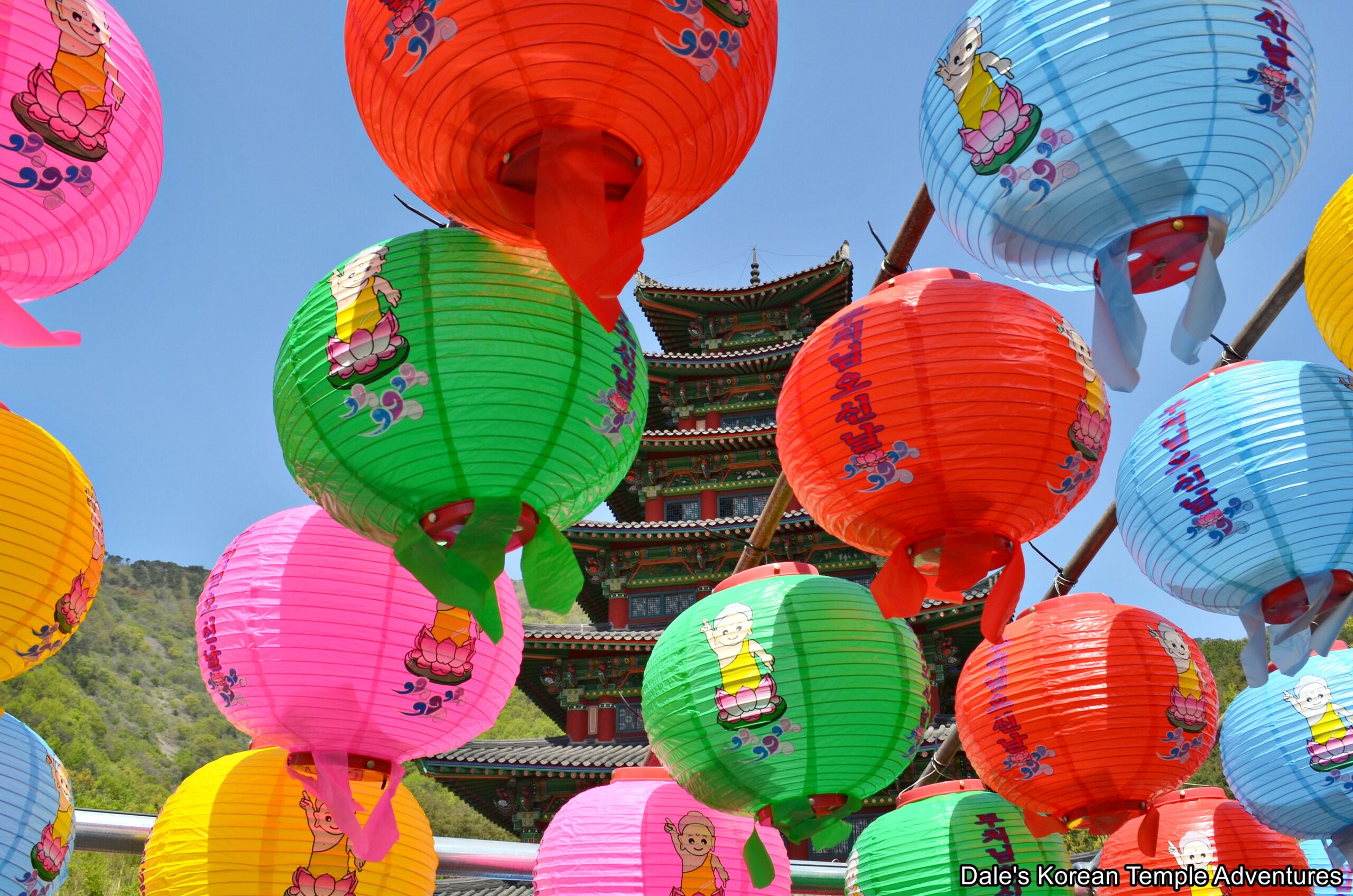
Temple History
Yeongsanjeongsa Temple, which is a reference to Vulture Peak, where the Buddha gave sermons like the Heart and Lotus Sutras, is located in western Miryang, Gyeongsangnam-do. The temple is located in the southern foothills of Mt. Yeongchwisan (738.8 m). Yeongsanjeongsa Temple was first built in 1997 on the former temple grounds of Samjeoksa Temple. Samjeoksa Temple was used as a training centre for the Righteous Army that fought against the invading Japanese during the Imjin War (1592-98) in 1592. Yeongsanjeongsa Temple was built to pray for peace in Korea. The temple is also home to a massive, golden Reclining Buddha statue that’s 120 metres in length and 21 metres in height. In 2020, all the construction at the temple was completed.
Being a modern temple, Yeongsanjeongsa Temple isn’t home to any Korean Treasures or National Treasures. However, it is home to Gyeongsangnam-do Tangible Cultural Property #387, which is the “Miryang Yeongsanjeongsa Stone Buddha Statue.”
Temple Layout
As you first make your way towards Yeongsanjeongsa Temple, you’ll first be greeted by a rather non-descript Iljumun Gate. After passing through this entry gate, you’ll be welcomed by a pair of modern stone guardian posts. Finally, you’ll arrive at the rather spacious temple courtyard. To your immediate left is a large building that acts as the monks’ dorms, the kitchen, and administrative office. And to the right of this modern structure is a beautiful stone statue dedicated to Gwanseeum-bosal (The Bodhisattva of Compassion). This statue is surrounded by a shallow pool of water and two dongja (attendants) in its midst.
Next to this statue is the amazing seven-story pagoda. This pagoda also acts as the temple museum. In total, some 2,000 Buddhist artifacts such as statues, paintings, and sari (crystallized remains) are all housed inside this museum. The first floor of the structure houses numerous large statues. On the second floor of the pagoda, there are numerous paintings. The third floor houses a world record setting amount of sari (crystallized remains) of monks. The fourth floor has numerous smaller sized Buddhist statues. And finally, on the fifth floor, you can look out towards the enormous, golden Reclining Buddha statue that’s 120 metres in length and 21 metres in height on the neighbouring hillside. Additionally, the “Miryang Yeongsanjeongsa Stone Buddha Statue” is housed inside this seven-story structure. It’s believed that this protected property dates back to the 7th century based on its style. It appears to be an image of Yaksayeorae-bul (The Medicine Buddha) based on the medicinal jar it holds in its left hand. So when you visit the temple pagoda/museum, make sure you keep an eye out for this historic statue.
To the right of the seven-story pagoda is the Myeongbu-jeon Hall. The exterior walls to this shrine hall are simplistically painted with murals of the Siwang (The Ten Kings of the Underworld). Stepping inside the Myeongbu-jeon Hall, and seated on a long main altar are seven statues of Jijang-bosal (The Bodhisattva of the Afterlife). All seven statues are backed by seven amazing murals of the Bodhisattva of the Afterlife. These paintings depict various scenes from the afterlife at their bases. On the far left is a wall of gold to commemorate the dead, while to the right is a stunning, modern Gamno-do (Sweet Dew Mural).
Next to the Myeongbu-jeon Hall is the Daejeokgwang-jeon Hall. But before entering the main hall, you’ll notice an artificial pond that houses what looks to be a moon rock carving of various Buddhas and Bodhisattvas. And out in front of the main hall are a pair of nine-story stone pagodas. As for the Daejeokgwang-jeon Hall, you’ll find murals of the Palsang-do (The Eight Scenes from the Buddha’s Life Murals). Stepping inside the Daejeokgwang-jeon Hall, you’ll find five Buddhas on the main altar, and they are backed by highly original, and absolutely beautiful, murals of various Buddhas. Resting in the centre of the five is an image dedicated to Birojana-bul (The Buddha of Cosmic Energy). This central image is joined on either side by images of Mireuk-bul (The Future Buddha) and Seokgamoni-bul (The Historical Buddha). The far right side, and next to Seokgamoni-bul, is a statue and painting dedicated to Yaksayeorae-bul (The Medicine Buddha, and the Buddha of the Eastern Paradise). And to the far left, and next to Mireuk-bul, you’ll find a statue and painting dedicated to Amita-bul (The Buddha of the Western Paradise). The spacious main hall is new, and it also houses a painting dedicated to Chilseong (The Seven Stars) and a Shinjung Taenghwa (Guardian Mural).
As a bit of a sidenote, the temple is just a couple kilometres away from the birthplace of Samyeong-daesa (1544-1610), the warrior monk. So if you’re out in this area, it’s definitely worth your time to pay your respects and visit the home of one of Korea’s most famous Buddhist monks.
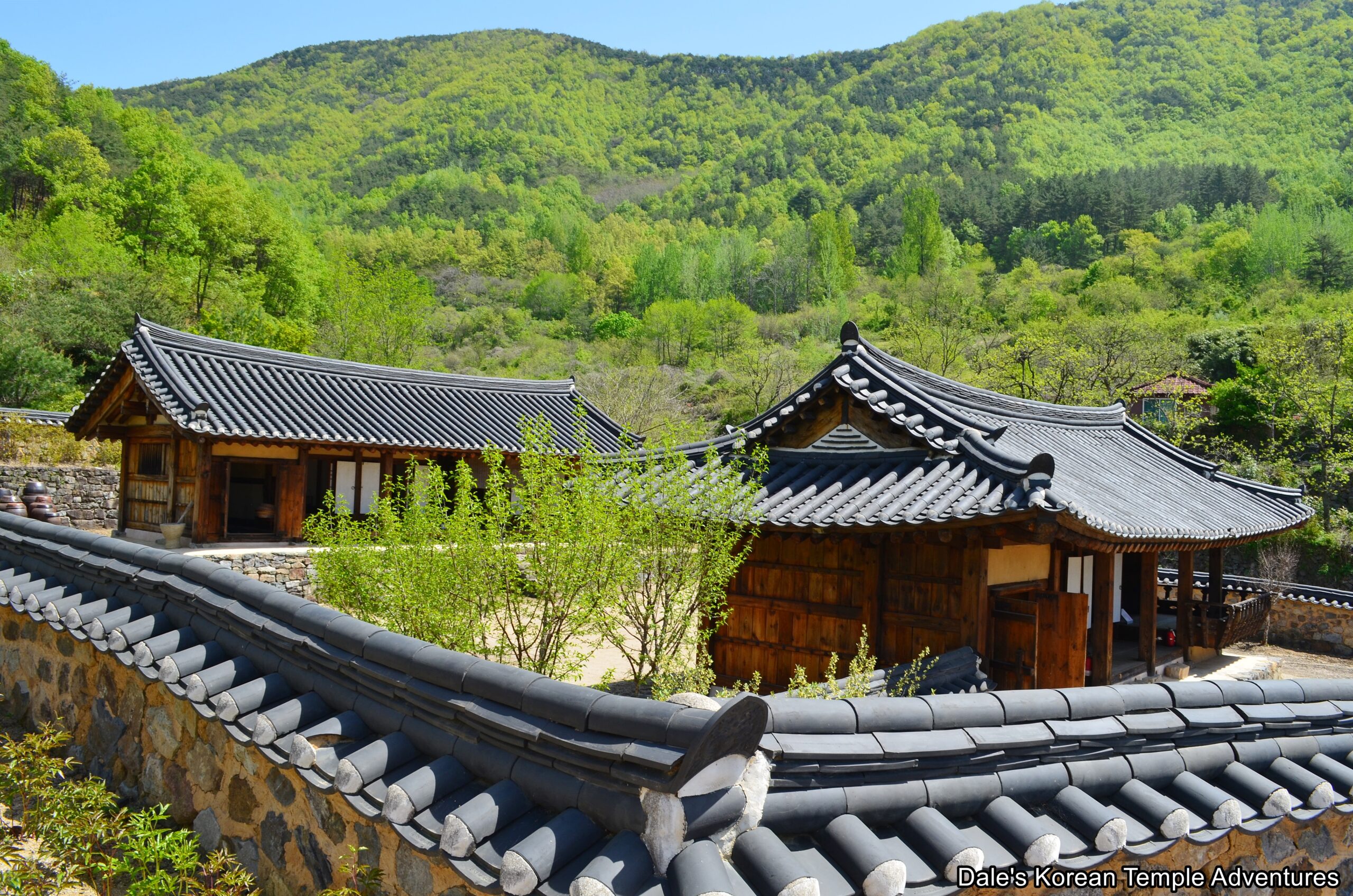
How To Get There
From the Miryang Intercity Bus Terminal, you’ll need to catch the Seogeojyeong Bus. The bus ride will take you about 40 minutes, and you’ll need to get off at the Seogeojyeong stop. From this stop, you’ll need to walk 10 minutes to get to the temple. You can use the seven-story pagoda at Yeongsanjeongsa Temple as your guide.
Overall Rating: 7.5/10
There are quite a few highlights at Yeongsanjeongsa Temple starting with the seven-story pagoda/museum and the massive Reclining Buddha. In addition to these rather obvious highlights, you can also enjoy all the artwork inside the two major shrine halls: the Myeongbu-jeon Hall and the Daejeokgwang-jeon Hall. Both the statues and paintings are stunning. Additionally, the modern Gamno-do (Sweet Dew Mural) and the outdoor statue dedicated to Gwanseeum-bosal (The Bodhisattva of Compassion) are exquisite, as well. While newer in age, Yeongsanjeongsa Temple is a must-see in Miryang.
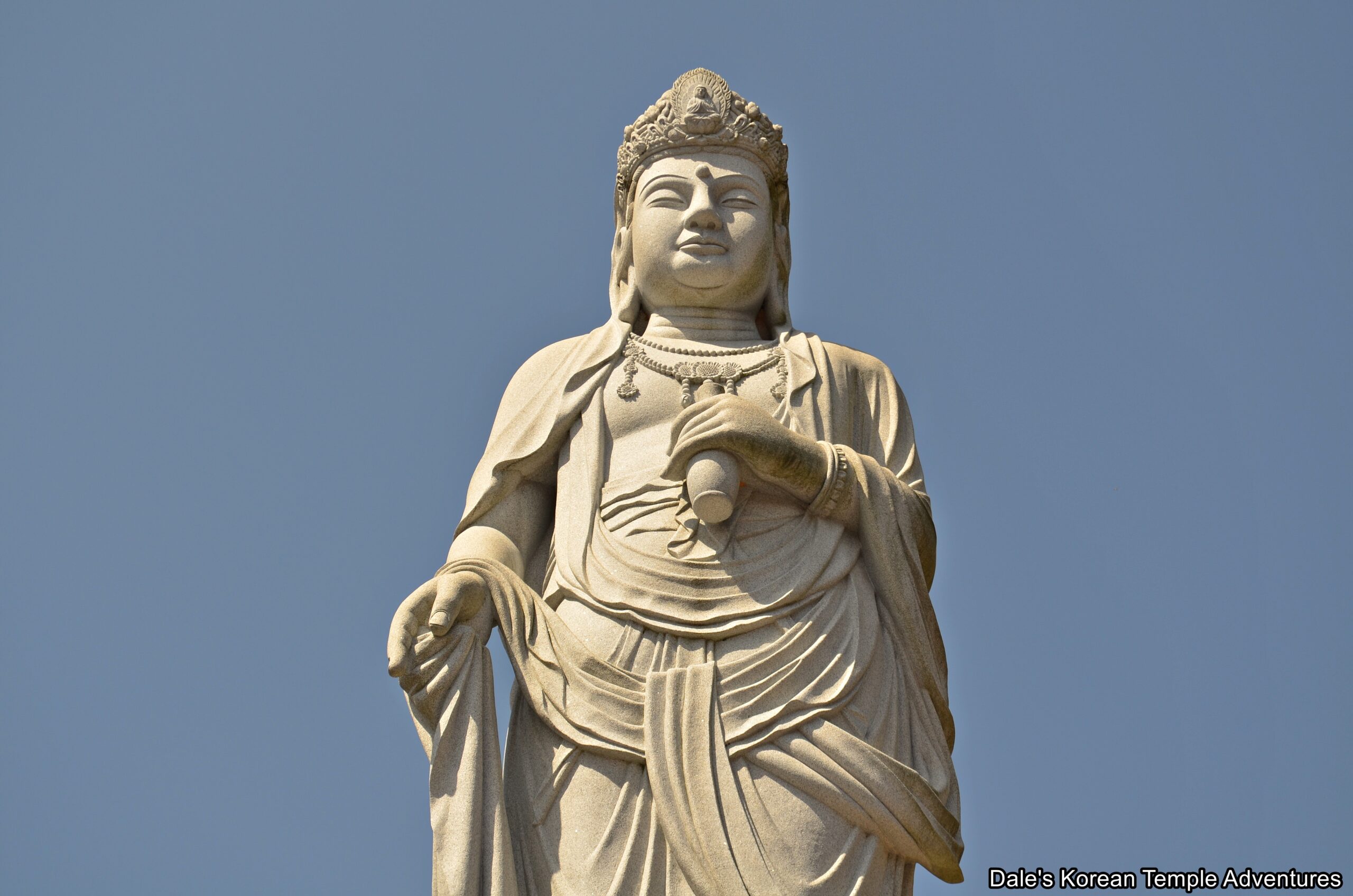
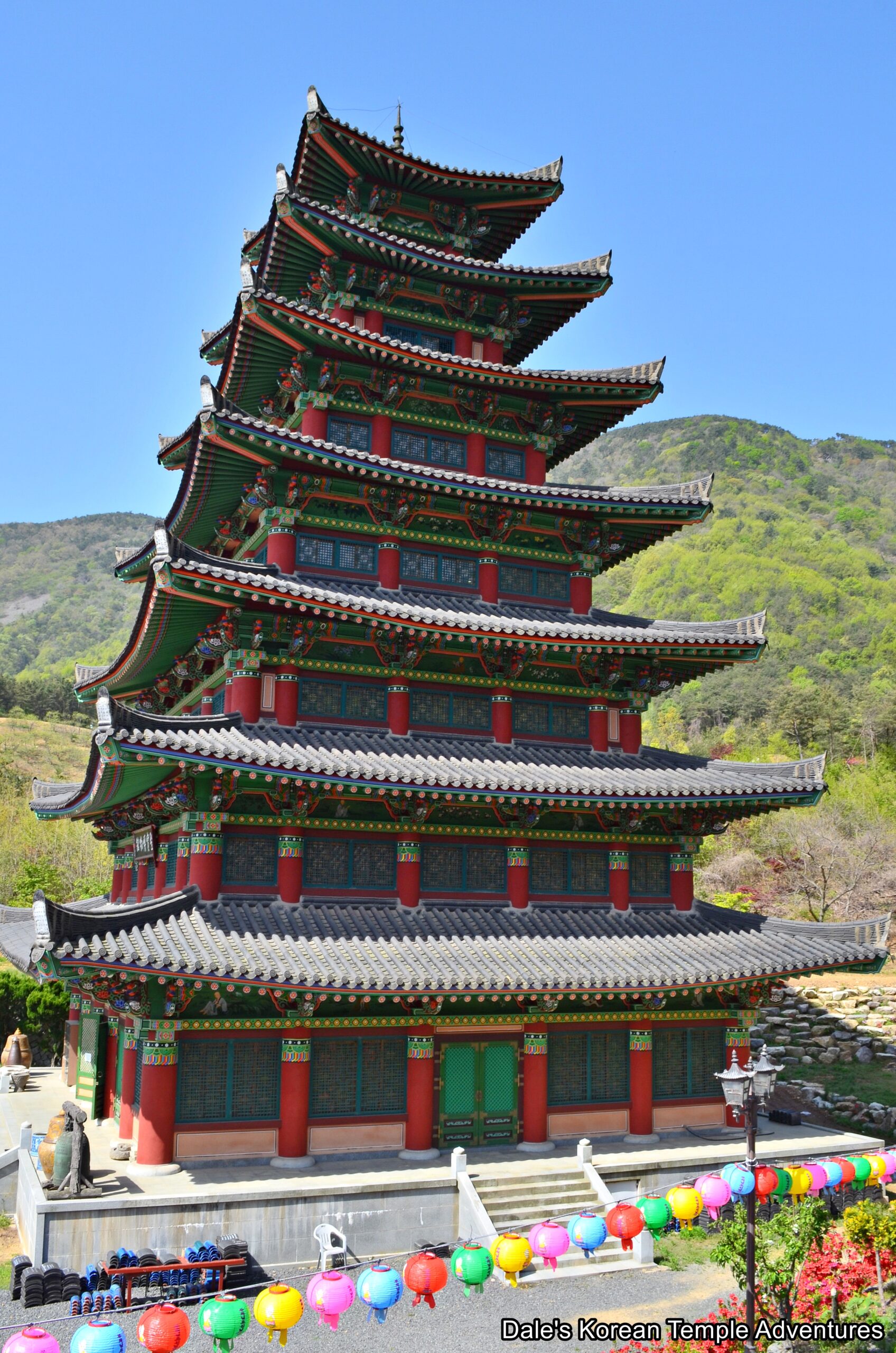
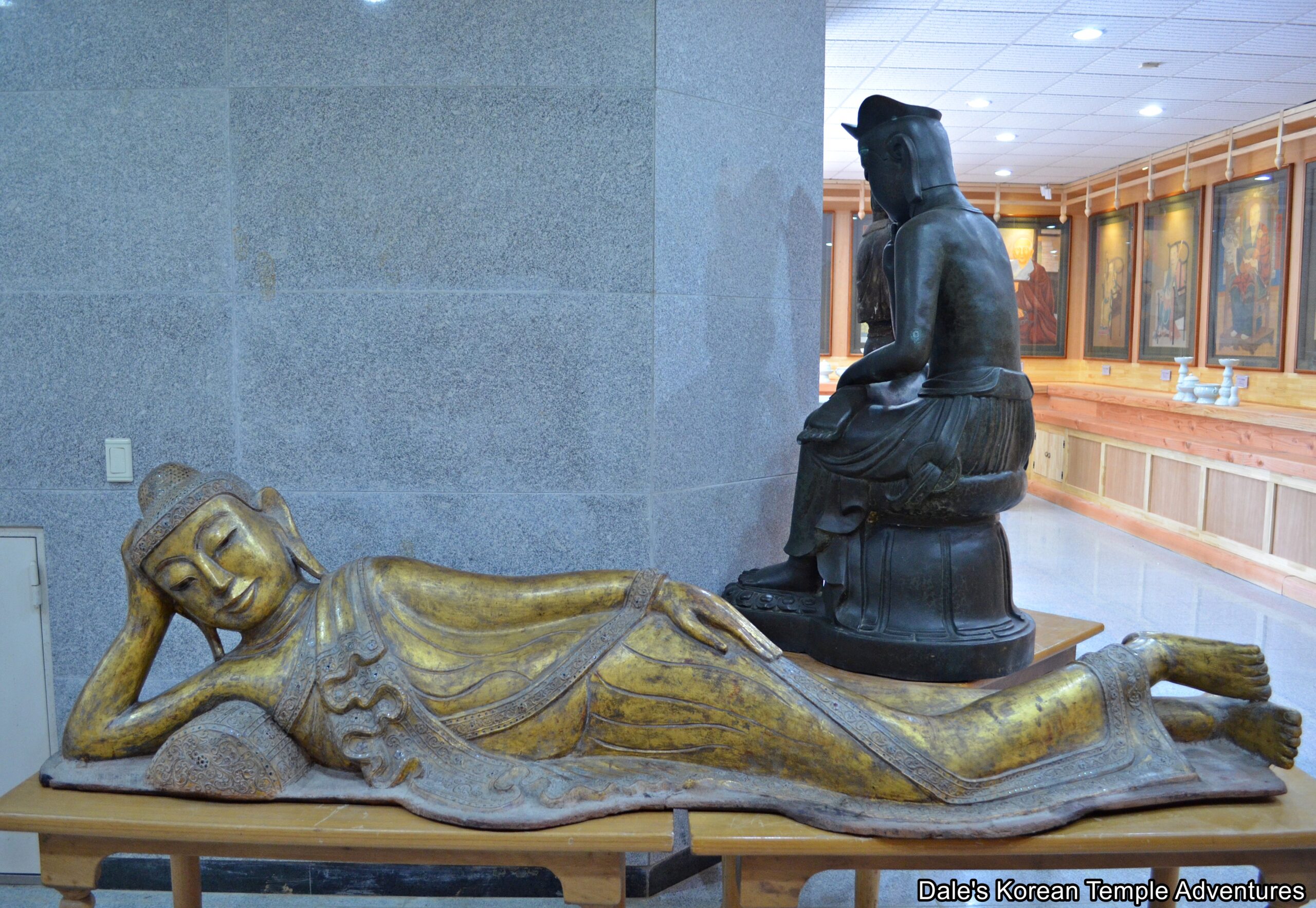
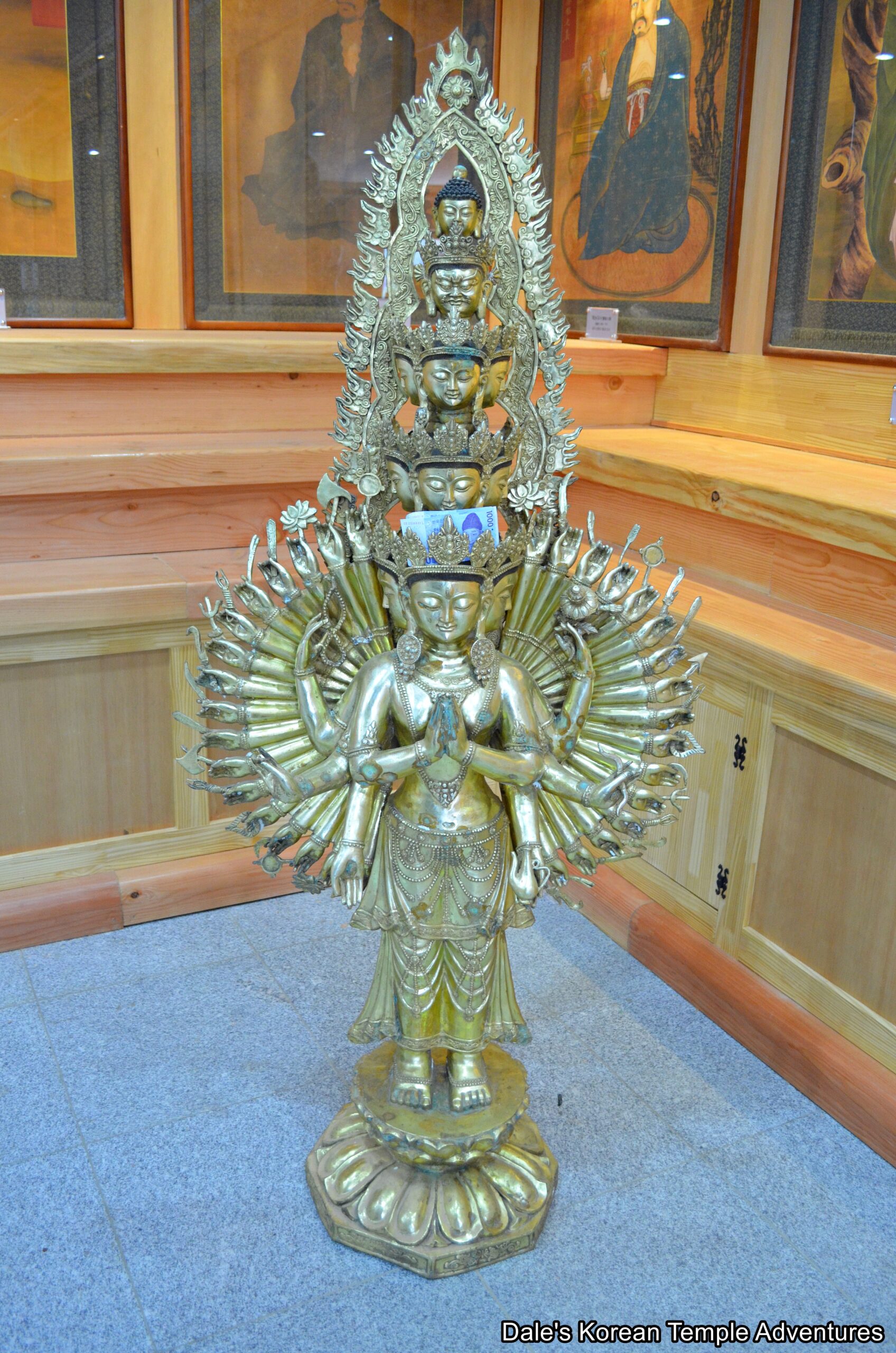
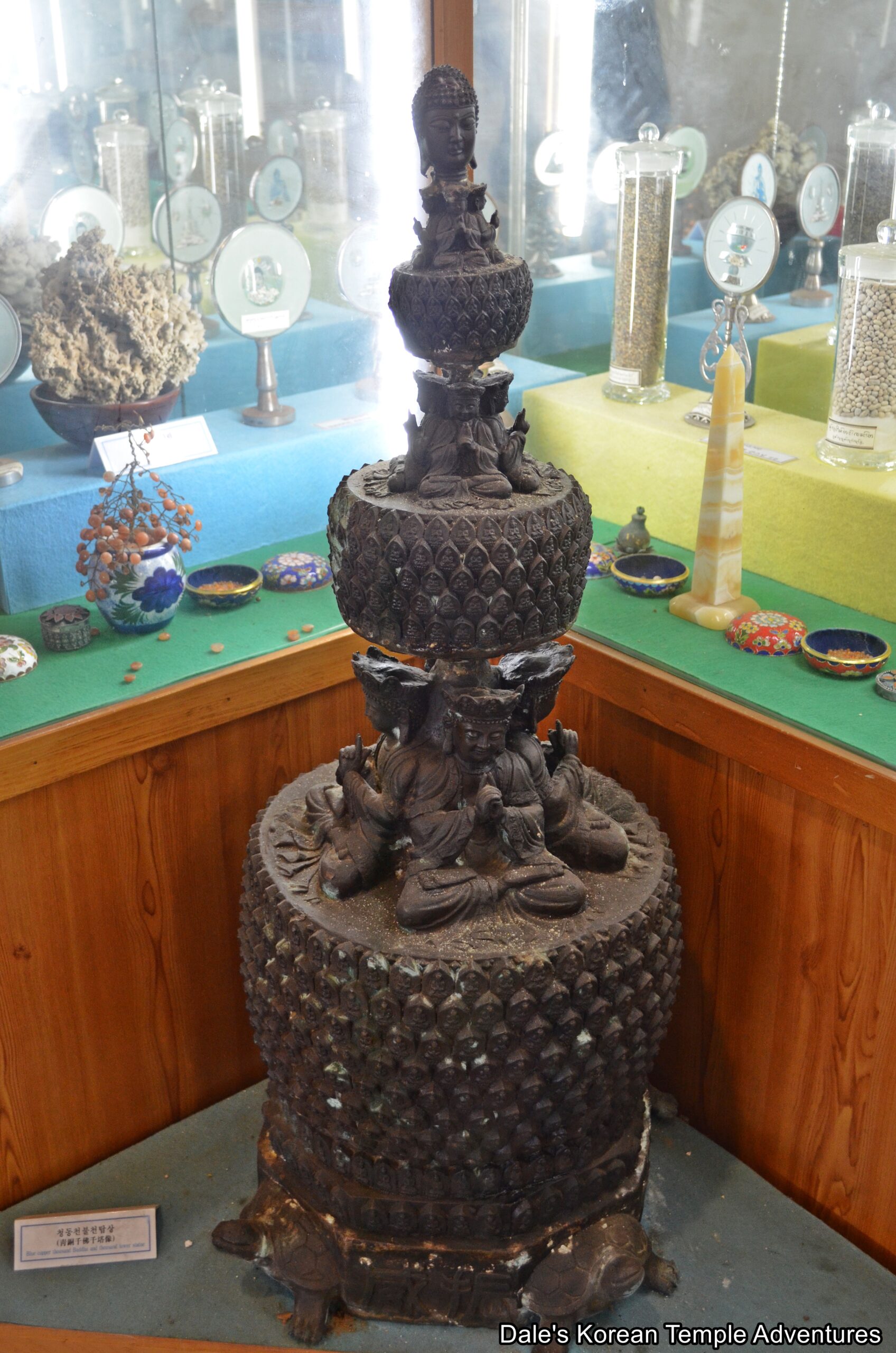
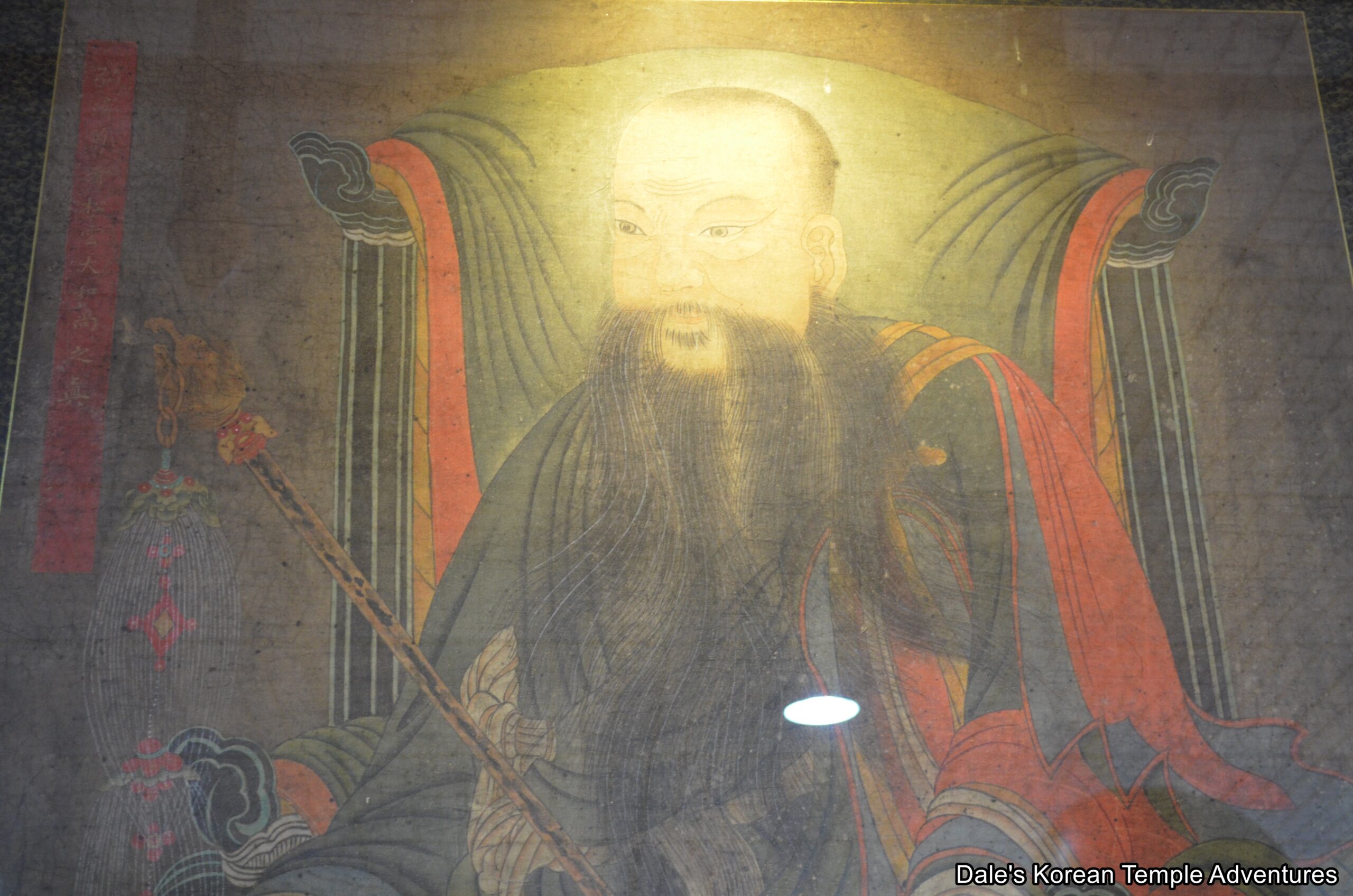
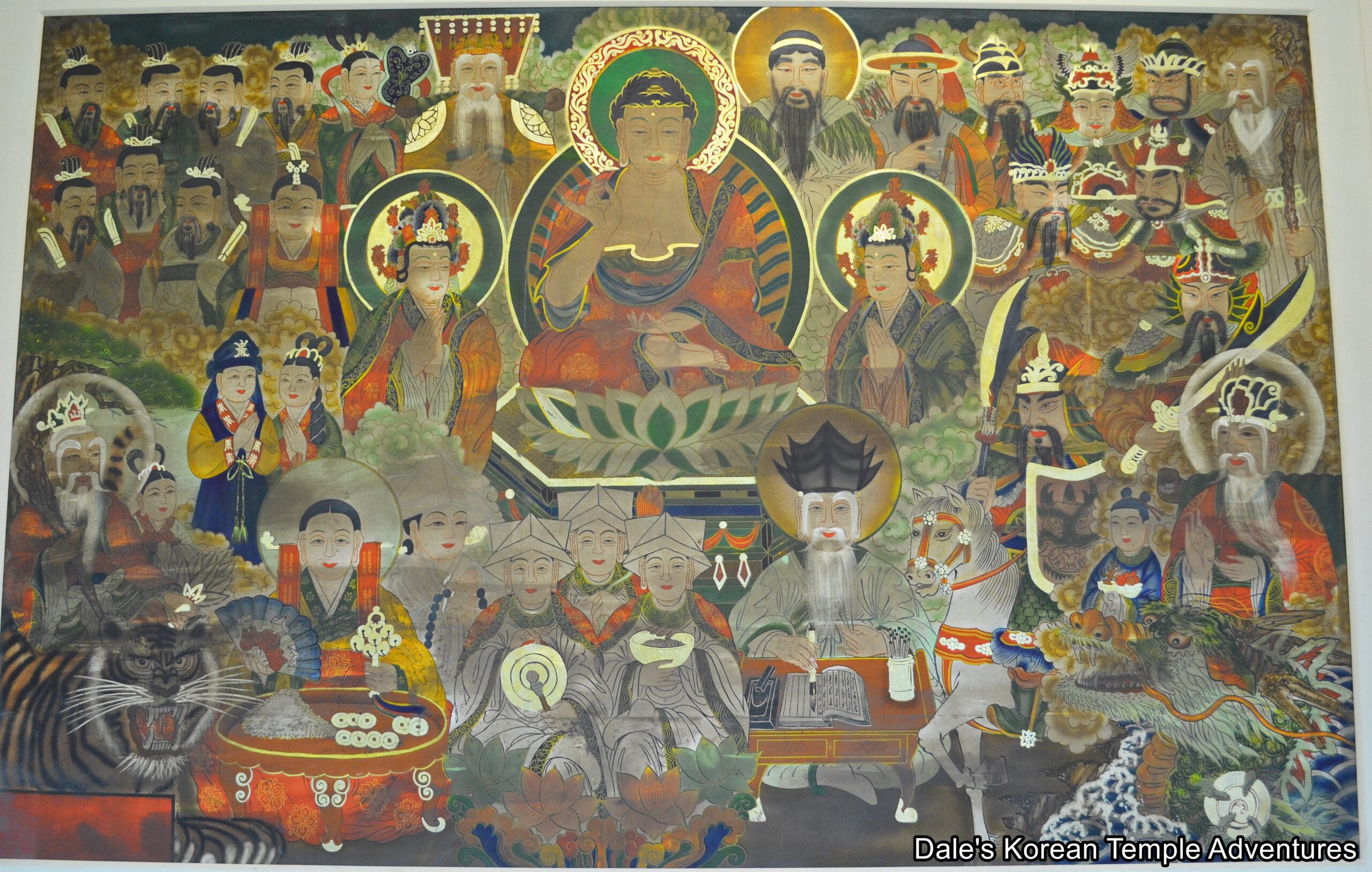
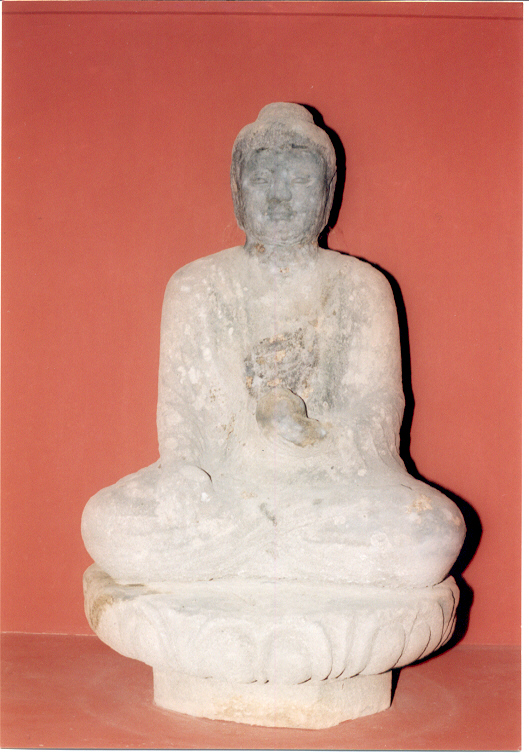

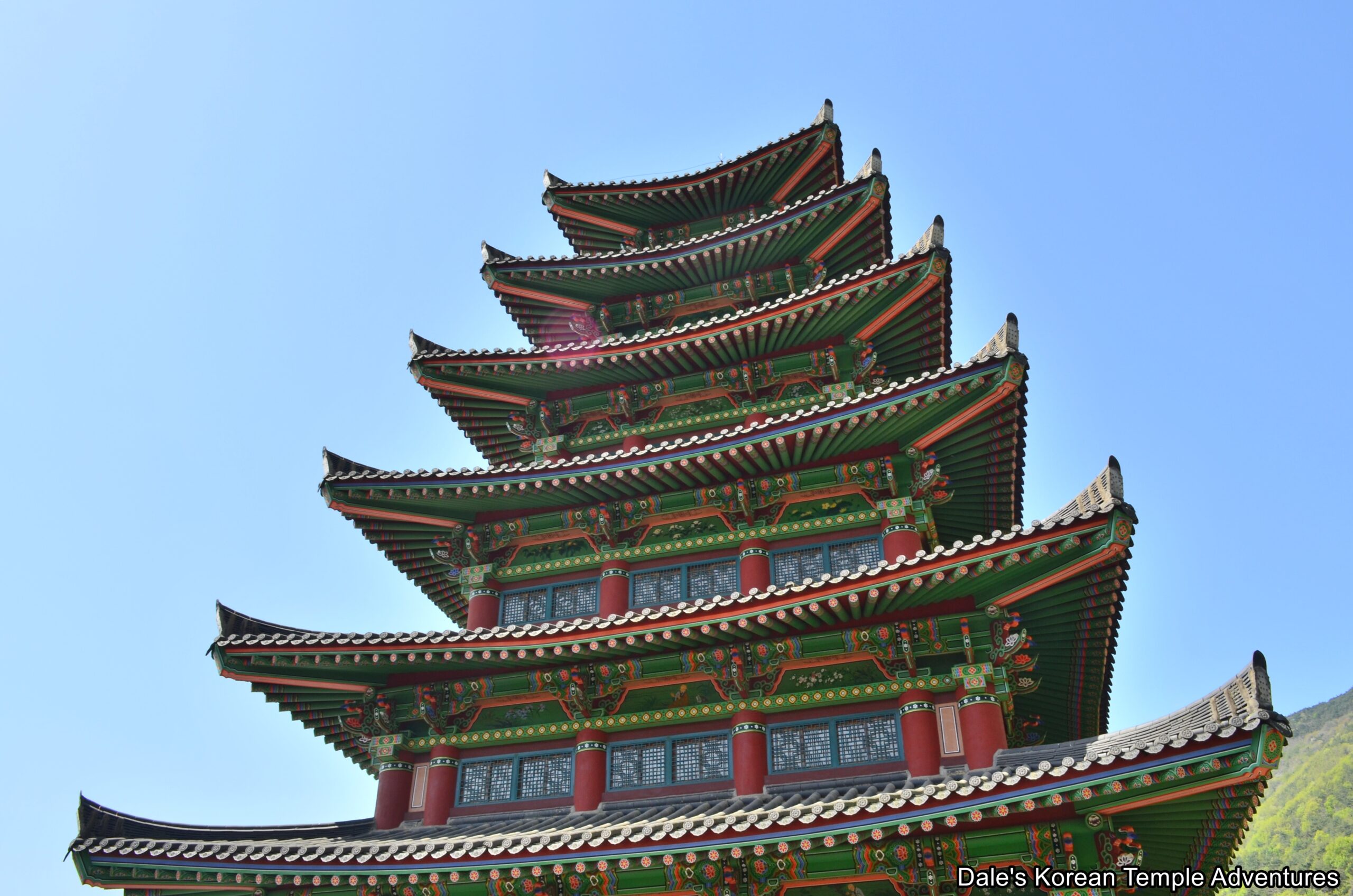
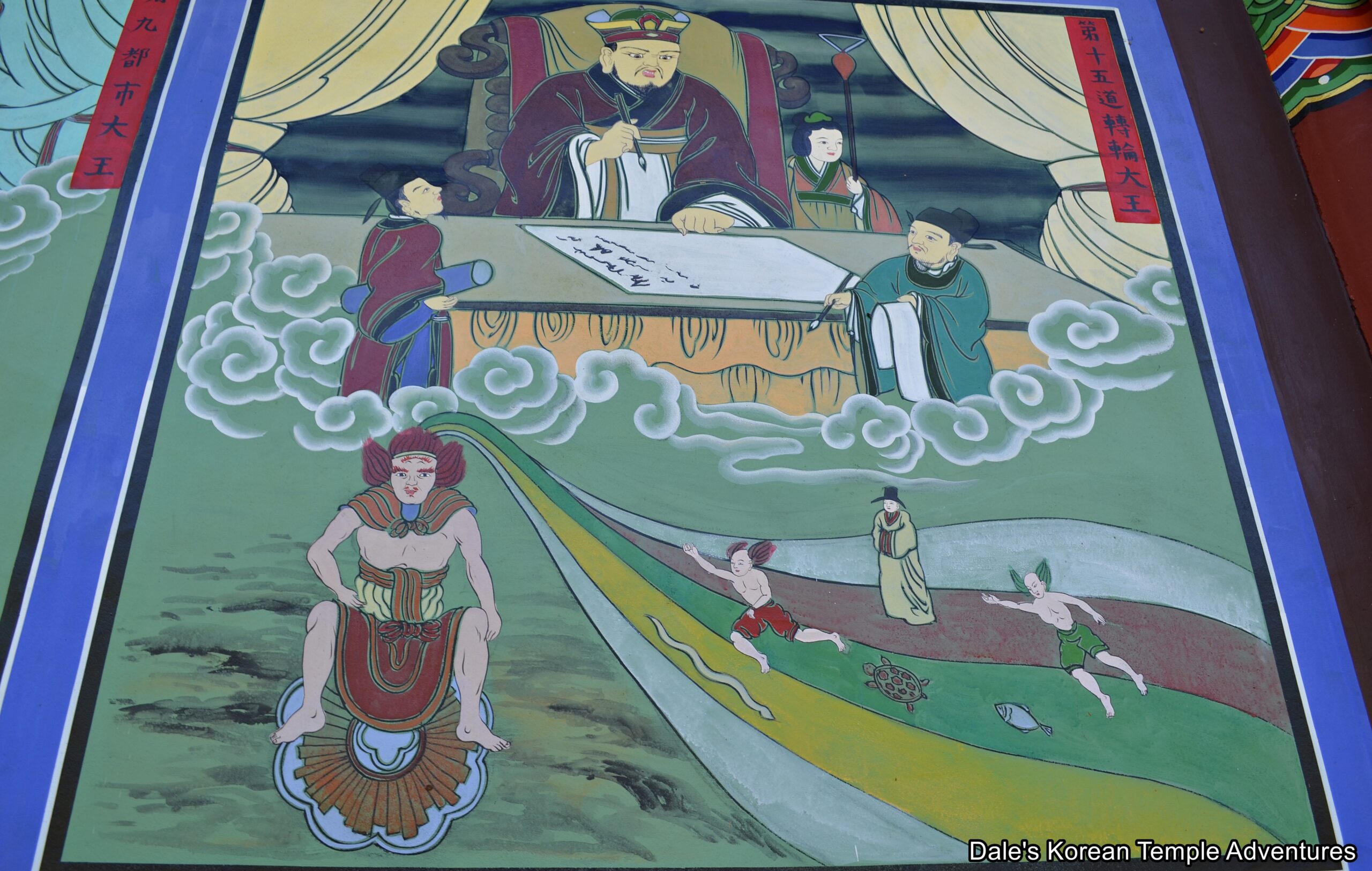
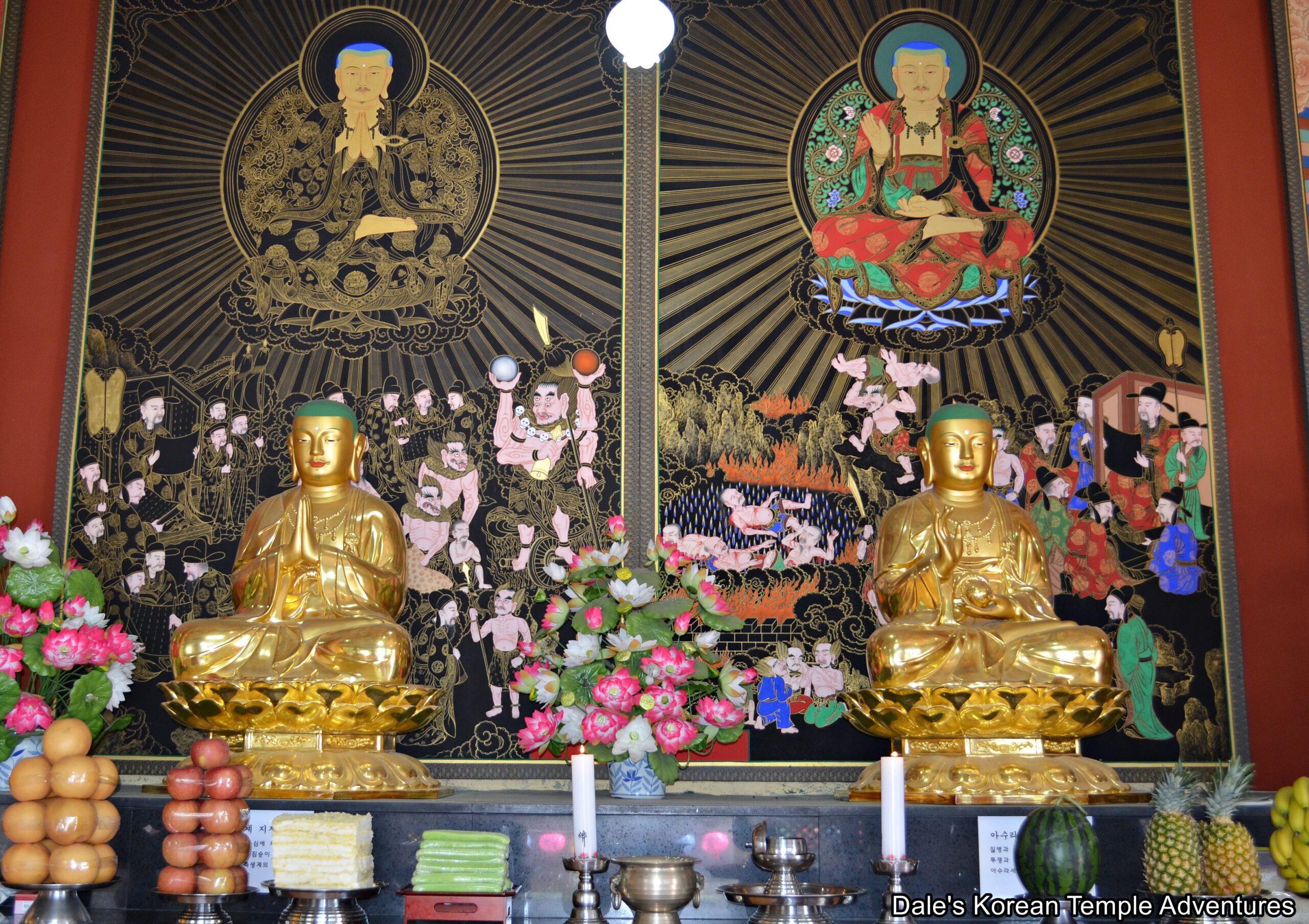
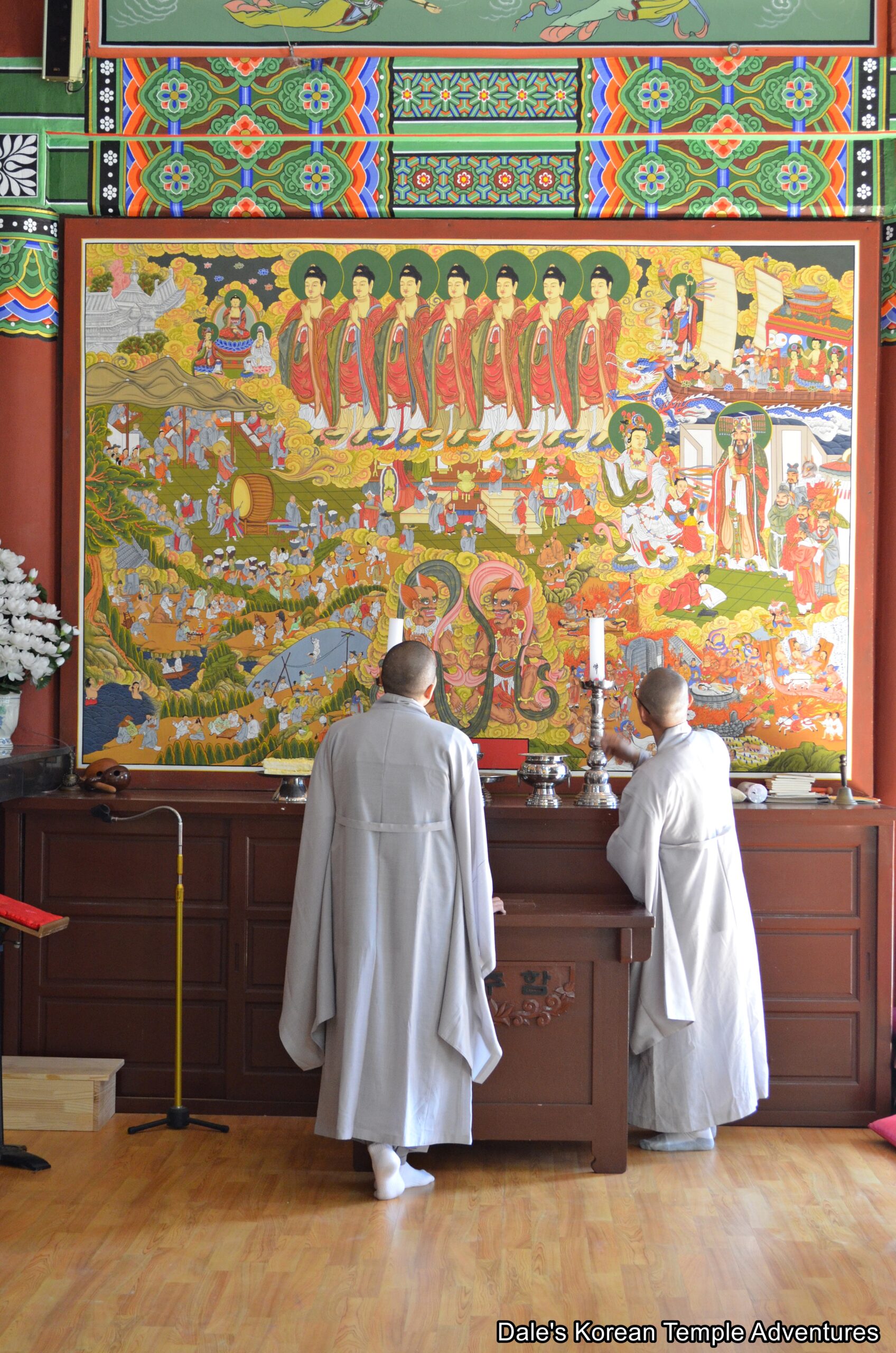
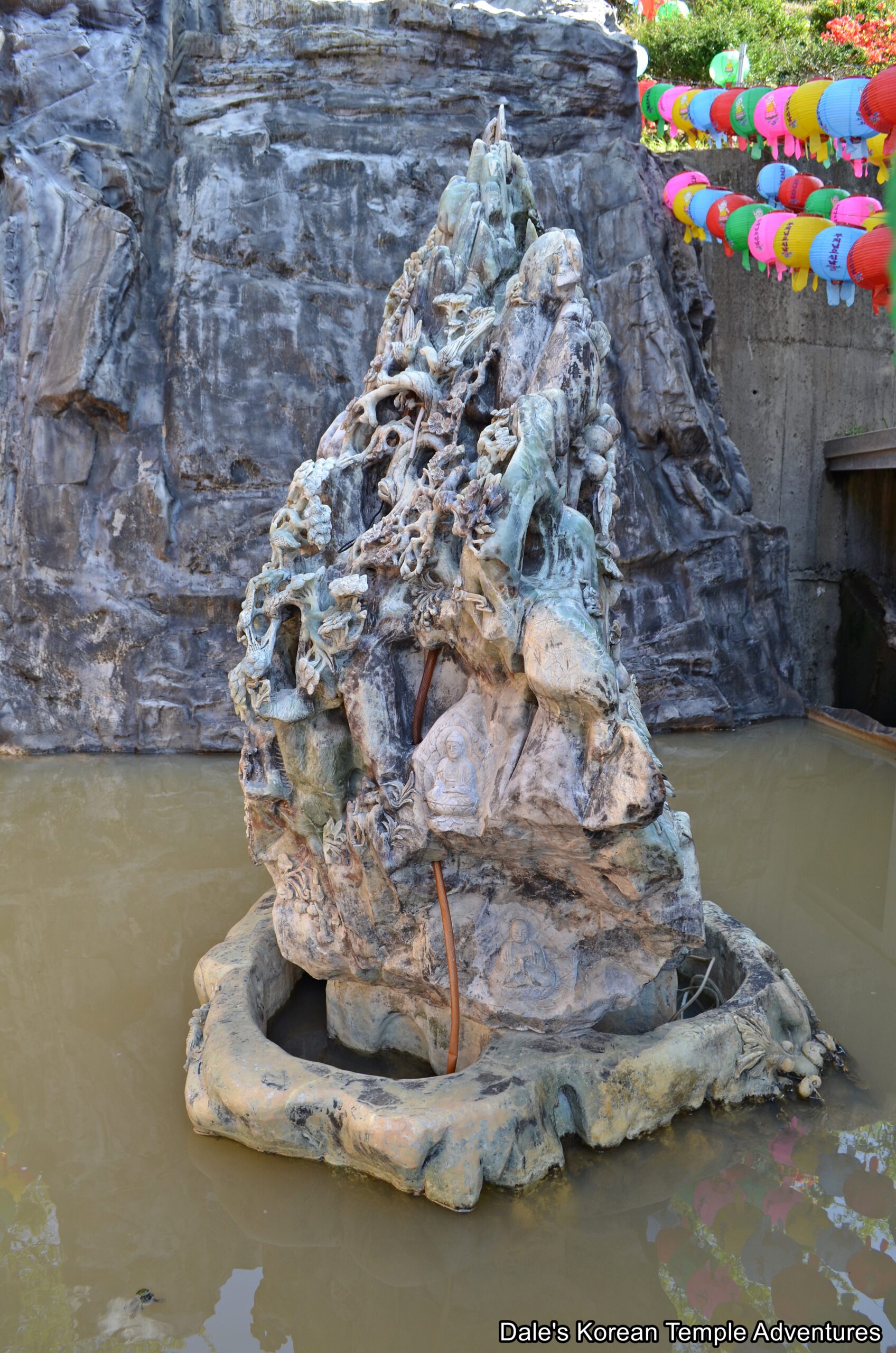
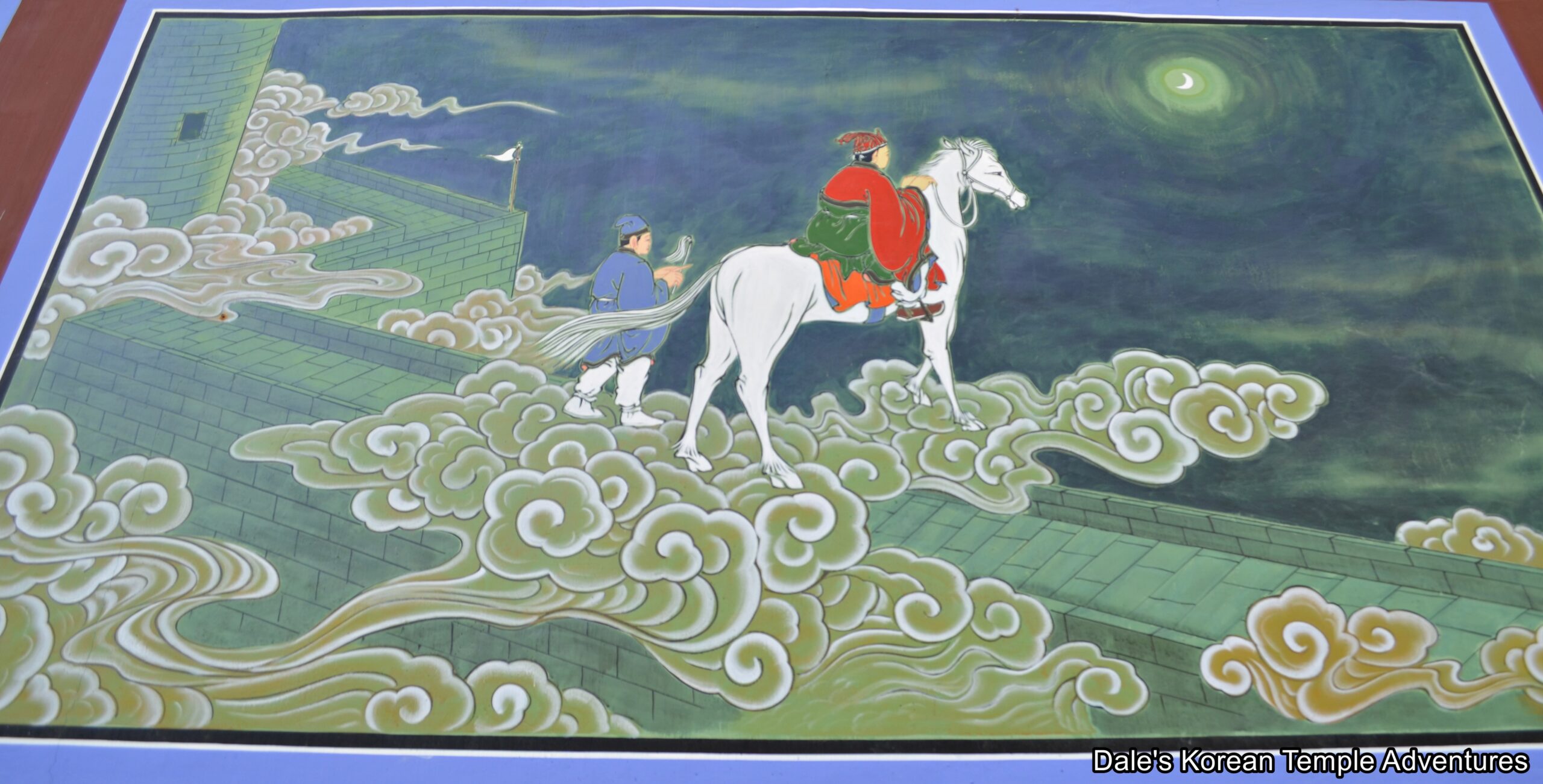
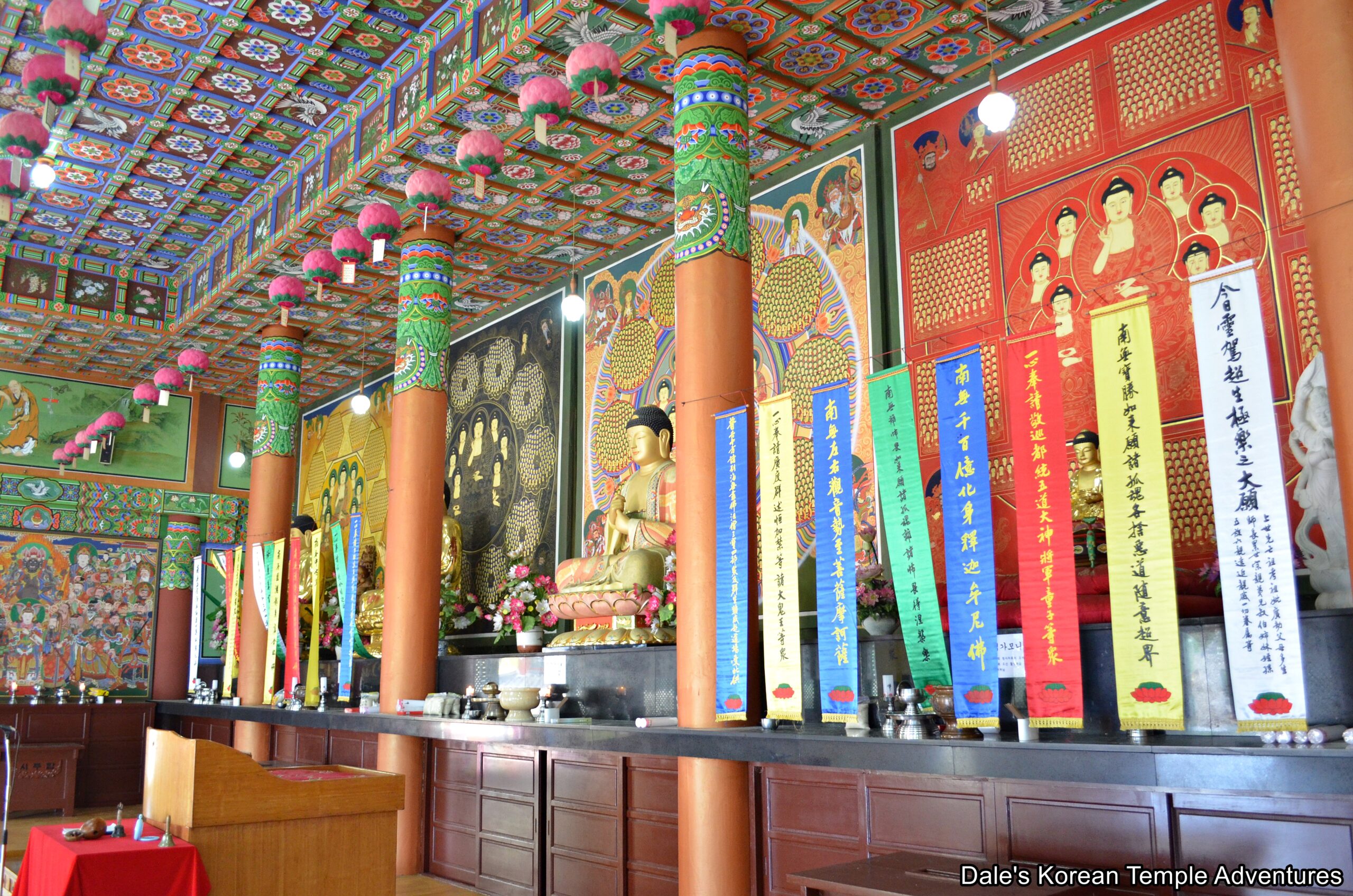
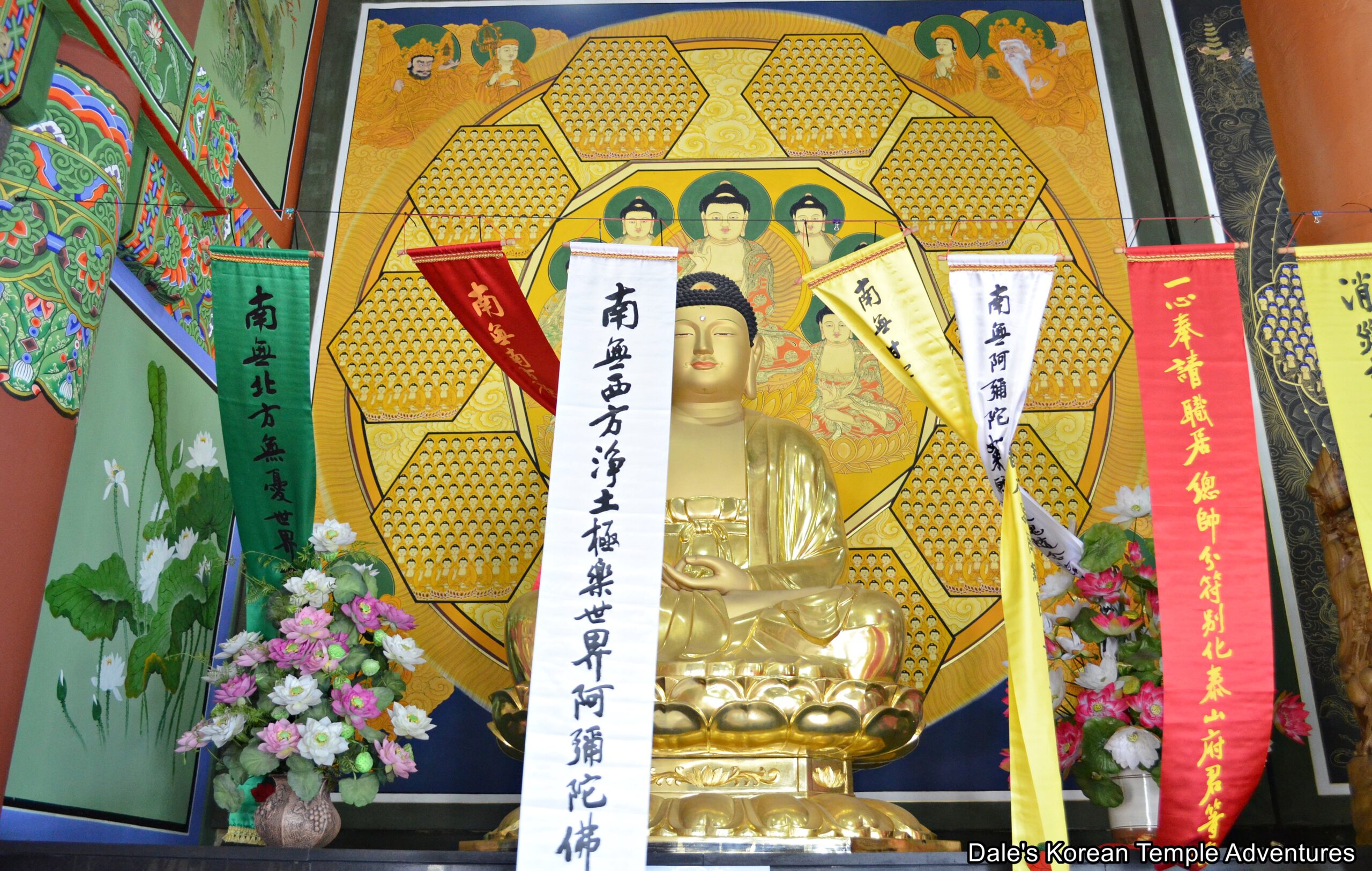
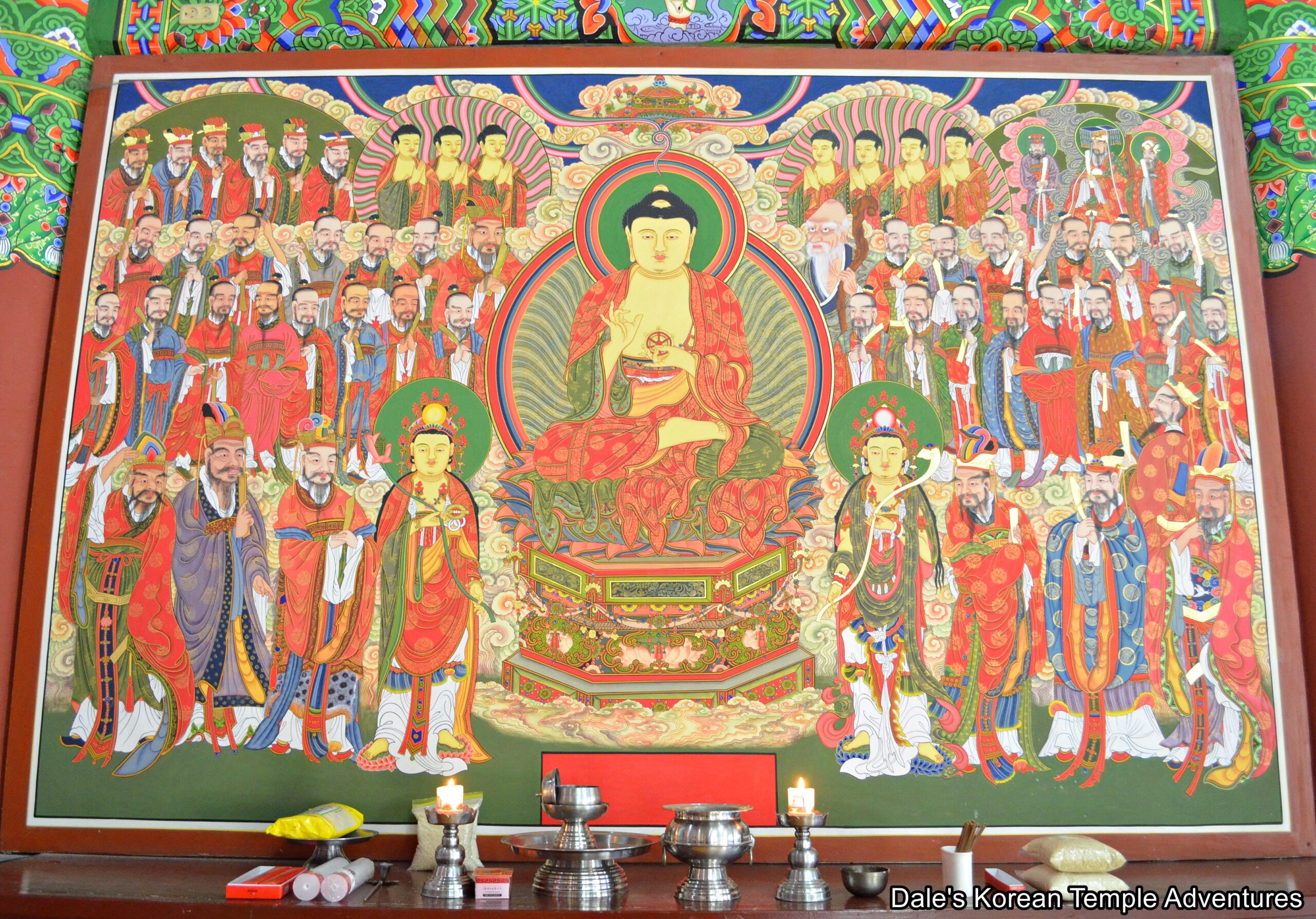
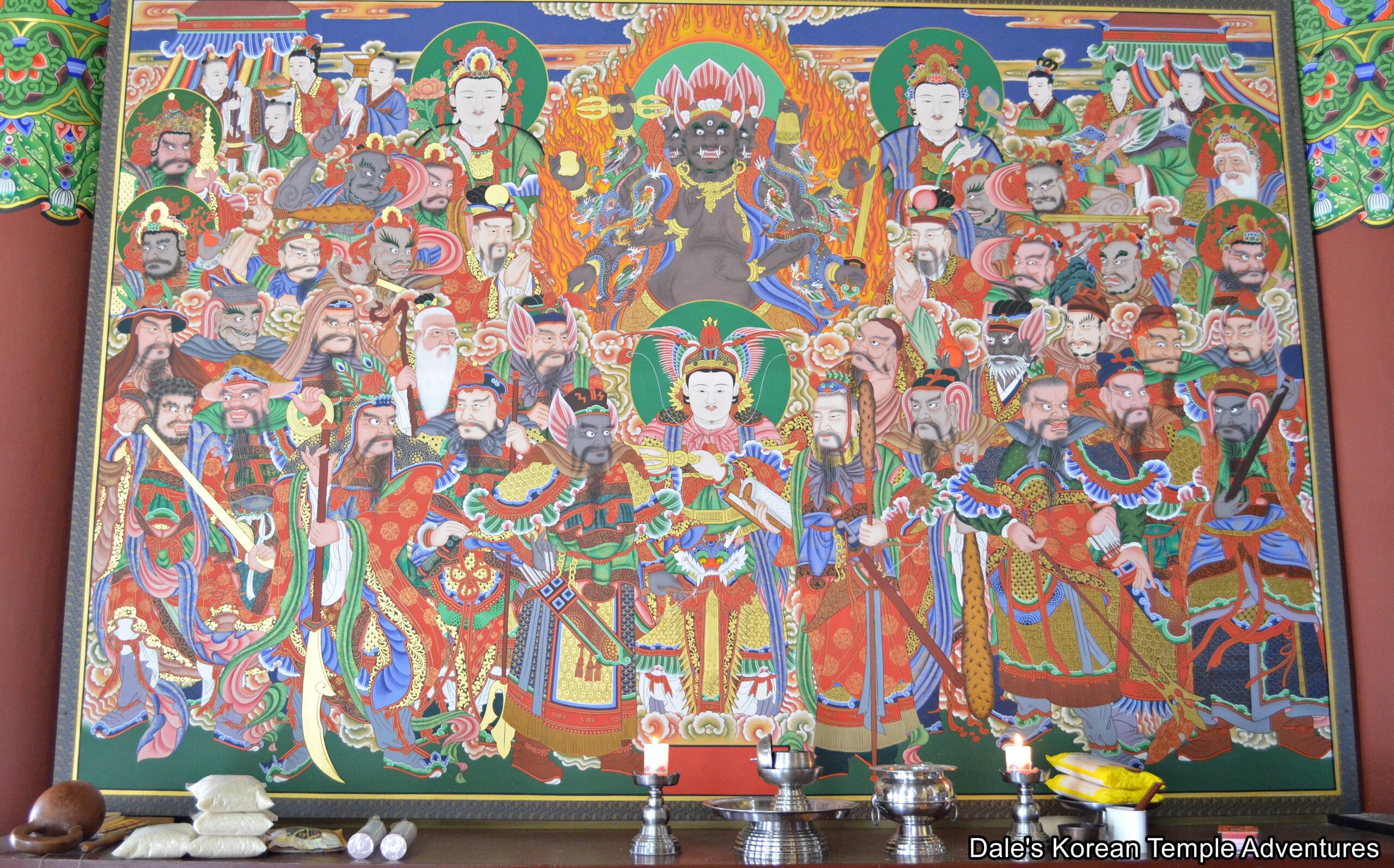


Recent comments